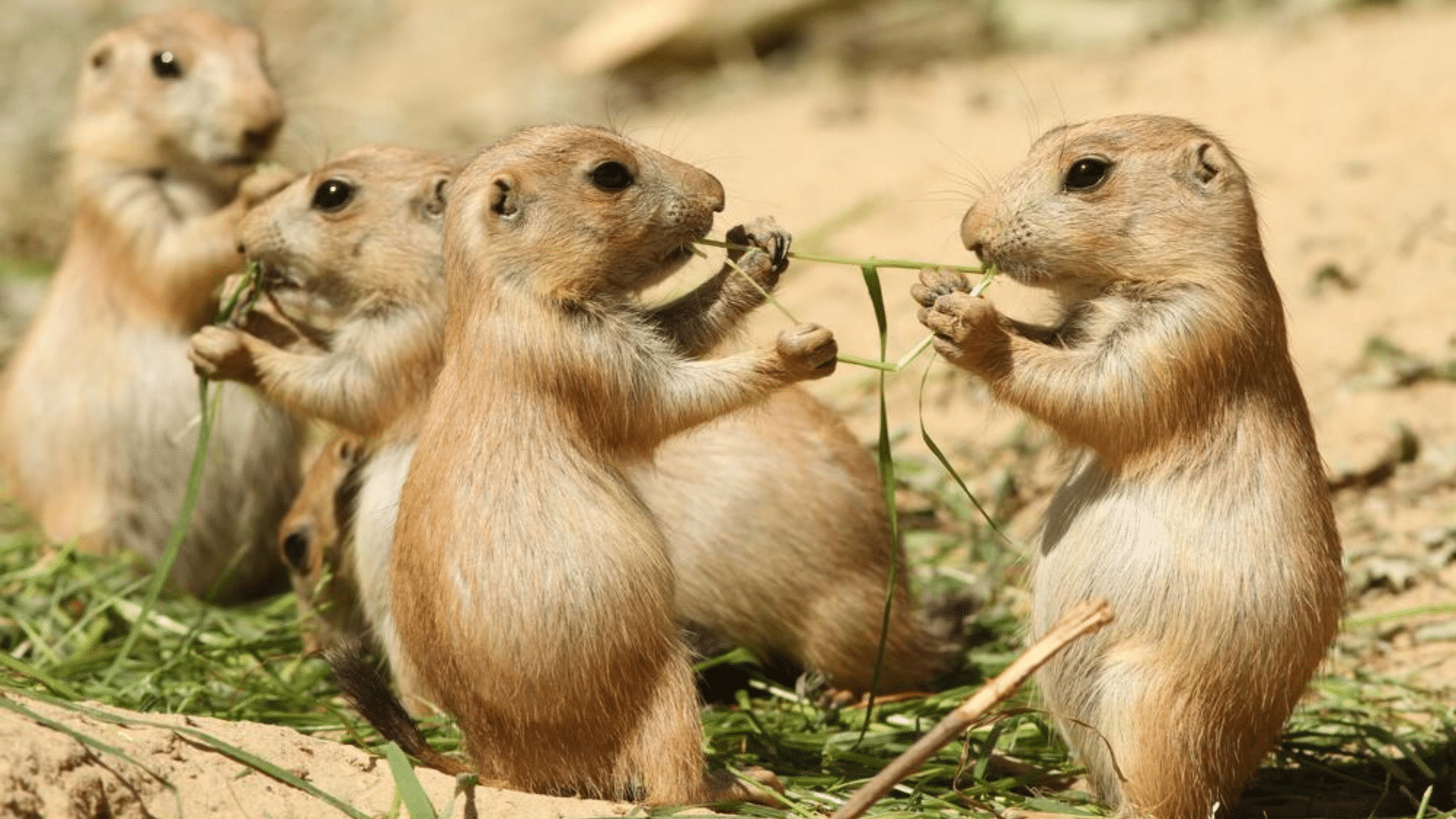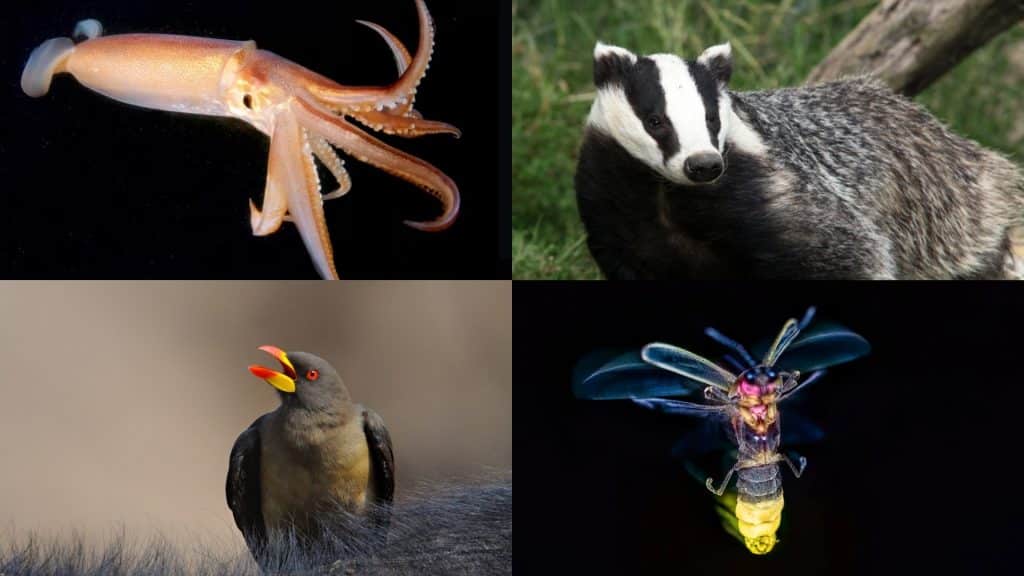Did you know that octopuses have three hearts beating inside their bodies, and their blood is actually bright blue instead of red like ours?
The animal kingdom is home to incredible creatures that continue to surprise us with their unique abilities and unusual behaviors.
You might think you know a thing or two about animals, but actually, these creatures have so many secrets to share with us.
Here are some of the most interesting and entertaining facts about animals and other wildlife creatures that will definitely surprise you.
Unique Animal Adaptations and Survival Tricks
Animals have developed some truly incredible ways to survive in their environments, and these unique adaptations will leave you speechless.
1. The axolotl can regrow almost any body part, including portions of its brain and heart.
2. Tardigrades (water bears) can survive in space, withstanding radiation and the vacuum.
3. Some frogs freeze solid during winter, with their hearts stopping completely, then thaw and hop away in spring.
4. The mantis shrimp strikes with the force of a .22 caliber bullet and can see colors humans cannot perceive.
5. The thorny devil lizard collects water through tiny channels in its skin, moving moisture to its mouth.
6. Bombardier beetles mix chemicals in their abdomen to spray boiling hot liquid at predators.
7. The mimic octopus can copy the look and movements of at least 15 different sea creatures.
8. Male seahorses get pregnant and give birth to fully formed baby seahorses.
9. Spadefoot toads speed up their tadpole growth when their desert ponds start to dry up.
10. The Japanese pufferfish turns toxic by eating bacteria that humans cannot handle.
11. Pistol shrimp stun prey with a bubble that reaches 8,000 degrees Fahrenheit (~4,427 degrees Celsius), nearly as hot as the sun’s surface.
12. The alpine ibex can climb nearly vertical dam walls to lick salt minerals.
13. The horned lizard squirts blood from its eyes as a defense method.
14. Naked mole rats feel no pain from acid or heat and can live with almost no oxygen.
15. Some birds and mammals can see ultraviolet light, helping them spot urine trails or foods invisible to humans.
16. Platypuses hunt with their eyes closed, using electrical sensors in their bills to find prey.
17. Some butterflies drink tears from turtles and crocodiles to get needed minerals.
18. The opossum’s body temperature is too low for rabies to survive, making them almost immune.
19. The spiny mouse can shed its skin like a lizard when caught by a predator.
20. Flamingos can only eat with their heads upside down.
21. Penguins propose with a perfect pebble when they find a mate for life.
22. Crows hold “funerals” when one of their flock dies, gathering around the body to learn about possible dangers.
23. Male bowerbirds build and decorate complex structures purely to attract females.
24. Narwhals’ tusks are actually elongated teeth with sensory capability, helping them detect changes in their environment.
25. Wombats poop in cube shapes, which they place as territory markers that won’t roll away.
26. Sea otters hold hands (paws) while sleeping to avoid drifting apart.
27. Male sandpipers pretend to be females to avoid fighting and get extra food during mating season.
28. Rabbits eat their own poop as part of their digestion process, giving food a second pass through their system.
29. Snails can sleep for three years when weather conditions aren’t right.
30. The tiny Turritopsis dohrnii jellyfish can revert its cells to an earlier stage after reaching maturity, allowing it to start its life cycle over.
31. Cats bring dead animals to their owners because they think humans are bad hunters who need help.
32. Some bees perform a “waggle dance” to tell hivemates exactly where to find food.
33. Hippos spray poop by spinning their tails to mark territory.
34. Moths find mates using scents they can detect from miles away.
35. The male pufferfish creates complex sand art patterns on the ocean floor to attract females.
36. Tarantulas keep tiny frogs as “pets” to protect their eggs from insects.
37. Dolphins call each other by “name” using unique whistle patterns for different individuals.
38. Japanese macaques wash their food in salt water, a learned behavior passed down through generations.
Secret Languages and Communication Methods of Wildlife

The animal kingdom has its own interesting ways of talking to each other, and these communication secrets are more surprising than you could ever imagine.
39. Prairie dogs use complex language to describe a predator’s appearance, including its size, color, and speed.
40. Elephants communicate through rumbles too low for humans to hear, traveling through ground vibrations for miles.
41. Squid and cuttlefish use their color-changing skin as a visual language, flashing patterns faster than film frames.
42. Worker honeybees perform the “tremble dance” to signal when the hive becomes too busy at food sources.
43. Wolves use facial expressions, tail positions, and body posture in complex social communication.
44. Whales sing songs that can last for hours and travel hundreds of miles underwater.
45. Chickens have over 30 different vocal sounds with specific meanings, from warning calls to food announcements.
46. Fireflies flash in synchronized patterns as part of their mating language.
47. Gorillas hum and sing during mealtimes when they’re content.
48. Moths tap and scrape their abdomens on leaves to warn bats that they taste bad.
49. Giraffes communicate using infrasound, deep vibrations below the human hearing range.
50. Cleaner fish use touch signals to communicate with the larger fish they’re cleaning.
51. Mole rats have specific calls that identify their colony, helping distinguish friend from foe.
52. Red deer stags roar to signal their size and strength, with deeper roars indicating larger bodies.
53. Some spiders use web vibrations like a string instrument to send messages to potential mates.
54. Mongoose groups teach their young specific alarm calls for different predators.
55. Trees send chemical signals through underground fungal networks to warn nearby trees of insect attacks.
56. Female alligators listen for specific vibration patterns from babies inside eggs to know when to dig them out.
57. Fiddler crabs wave their large claw in precise patterns that females can read from a distance.
58. Crows fashion tools from sticks and learn from each other how to use them effectively.
59. Octopuses can solve puzzles, open jars, and remember solutions to mazes for months.
60. Border collies can learn more than 1,000 words, similar to a three-year-old child.
61. Bees can count to four and understand the concept of zero, a rare skill in the animal world.
62. Elephants recognize themselves in mirrors, showing self-awareness like humans and apes.
63. Scrub jays plan for the future, storing different types of food based on predicted needs.
64. Rats show empathy by helping other rats in distress, even sharing food with hungry companions.
65. Pigeons can tell the difference between paintings by Monet and Picasso after training.
66. Dolphins teach hunting methods to their young and use names to call each other.
67. Squirrels fake-bury nuts when they feel watched to fool potential thieves.
68. New Caledonian crows understand water displacement, dropping stones in tubes to raise water levels.
69. Chimps in some groups use different tools for different tasks, showing cultural learning.
70. Goats can learn how to open complex locks by watching other goats do it first.
71. Archerfish can hit moving targets by spitting water, accounting for light refraction through water.
72. Chickens can count and do basic math when tracking their eggs.
73. Cleaner wrasse fish pass the mirror test despite having tiny brains compared to mammals.
74. Raccoons can remember solutions to problems for up to three years.
75. Bumblebees learn to pull strings to get rewards by watching other bees, showing social learning.
76. Parrots understand the concept of absence or “none” when comparing quantities.
Surprising Animal Friendships and Partnerships in Nature
Nature is full of unexpected friendships and partnerships between different species that will warm your heart and blow your mind.
77. Pistol shrimp and goby fish form partnerships, with the blind shrimp digging burrows while the fish stands guard.
78. Crocodiles allow small birds called plovers to pick food from between their teeth, which helps crocodiles get their teeth cleaned.
79. Clownfish protect sea anemones from predators while gaining protection from the anemones’ stinging tentacles.
80. African honey guides lead humans to beehives, knowing people will break open the hives and leave honeycomb scraps.
81. Electric eels can produce shocks of up to 600 volts to stun prey and defend themselves.
82. Oxpecker birds eat ticks off rhinos while also serving as an alarm system for approaching danger.
83. Decorator crabs place living sponges, corals, and algae on their shells as camouflage, which continue growing there.
84. Badgers and coyotes hunt together despite being natural competitors, with each animal catching prey that the other might miss.
85. Leaf-cutter ants grow fungus gardens, creating the oldest known animal-led farming system on earth.
86. Grouper fish and moray eels hunt cooperatively, with each species able to catch prey that the other cannot reach.
87. Hermit crabs line up by size to exchange shells when a new, larger shell becomes available.
88. Pseudoscorpions hitch rides on beetles to travel to new locations, like tiny hitchhikers.
89. Boxer crabs hold living sea anemones in their claws as weapons, which the anemones allow for access to food scraps.
90. Zebras, wildebeests, and ostriches travel together, and each has different senses that help the group spot predators.
91. Orca pods have distinct vocal dialects, with unique calls and sounds that are passed down through generations, much like human languages.
92. Some ants keep livestock aphids, protecting them from predators in exchange for the sweet honeydew they produce.
93. Mongoose and warthogs groom each other, removing parasites neither could reach on their own.
94. Bull thorn acacia trees house aggressive ants that protect the tree from browsers in exchange for housing and food.
95. Small fish clean the mouths of predatory fish without being eaten, providing dental care in exchange for a meal.
The Bottom Line
These facts show us just how surprising the natural world around us can truly be in our everyday lives.
These entertaining facts are just a tiny glimpse into the many secrets that nature keeps hidden from us in every single corner of the world.
Which one of these animal facts made you laugh the most, or impressed you beyond belief?
Share your favorite thoughts in the comments below!















